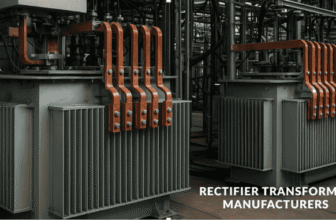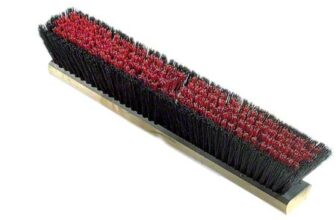
Safety is of the utmost importance in industrial systems. The equipment used should be able to handle the pressure within the system to avoid damage, accidents, or expensive closure. A pressure relief valve is one of the crucial elements that make this safety so necessary; a pressure relief valve is an instrument that guards systems in case there is excessive pressure; it discharges it automatically.
This paper discusses the available relief valves, their applications, and the selection process.
What is a relief valve?
A pressure relief valve is the safety mechanism deployed on a pressurised system, pipeline, tank, boiler, and hydraulic equipment. The equipment failure, or the possibility of disaster, can be avoided when excess pressure in the equipment reaches a level that prompts the valve to open and relieve excess pressure. The valve opens when the system pressure reaches unsafe levels and closes once a safe level has been attained; thus, the system continues to run smoothly.
It should be noted that although a relief valve and a reducing valve are both concerned with pressure evaluation, the tasks that the two devices perform are dissimilar. A pressure relief valve is a relief valve that responds to excessive pressure conditions, but a pressure-reducing valve reduces the incoming pressure before it reaches a fixed operating pressure.
Types of Relief Valves
Pressure reliefs are also made in a variety of arrangements to serve various applications:
1. Spring-Loaded Valves
They are based on a spring, which is used to ensure that the valve remains closed until system pressure is too large to resist. They are easy, dependable, and generally employed in liquid systems and even in gases.
2. Pilot-Operated Valves
These valves are regulated by an auxiliary system, making them desirable in applications that involve high volumes and high pressure. They generate accurate pressure control and small leakage.
3. Balanced Bellows Valves
These valves are usually used when there is a possibility of an adverse performance as a result of downstream pressure because they are designed to accommodate the back pressure variation behaviour.
4. Thermal Relief Valves
These valves are specifically in use in the liquid-filled systems, where, on raising the temperature, leading to an increase in pressure, small quantities of the liquid are dispensed.
Applications:
Applications of relief valves cut across numerous industries such as railway transport, waterworks and storage, marine, drug manufacture, etc.
- Oil and Gas—To safeguard oil production and oil and gas processing pipelines, storage tanks, and plants.
- Manufacturing—Making sure machines that use hydraulics and pneumatics can be utilised safely.
- Water Treatment—Determining the pressure reduces the damage to the pumps and pipelines in the case of sharp spikes in pressure.
- Heating Systems—Ensuring safe pressure levels of boilers.
They also play a very important role where the difference between pneumatic and hydraulic systems is a concern. Pneumatic systems make use of compressed air, whereas hydraulic systems make use of pressurised fluid. In both applications, the release of dangerous overpressure occurs through a pressure relief valve, but the design of the valve is required to vary with the medium and the application.
Conclusion
A relief valve is a crucial safety feature of most installations, whether a manufacturing plant or water treatment facility. Choosing the proper valve includes gathering your knowledge related to the system pressure and flow requirements, as well as the environment.
Picking the correct type and size can keep the equipment safe, as well as enable efficient and safe operations. When it comes to hydraulic equipment, pneumatic equipment, or even pipes at high pressure, having the proper valve can spell the difference between running smoothly and costly downtime.







